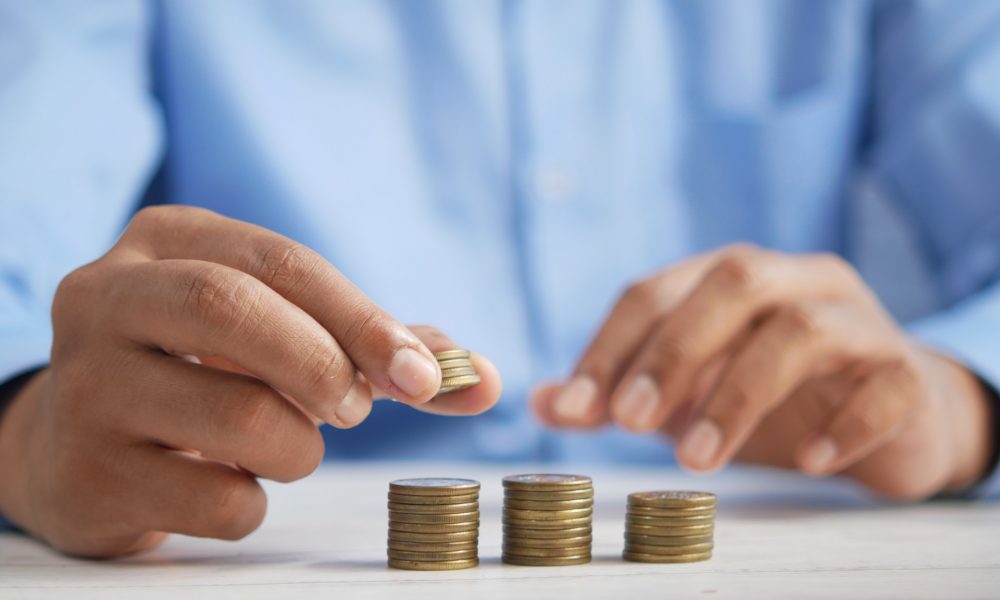
Investing Your Emergency Funds: 7 Tips to Get Started

When it comes to handling your money, having an emergency fund is essential. Having a cushion of cash in case something unexpected happens can give you peace of mind and financial security. But if you have already got a healthy savings account, what else should you do with the money? Investing your emergency funds can be a safe way to grow your wealth over time.
With that said, here are seven tips for investing your emergency funds wisely:

Michael / Pexels / Investing your emergency funds can help you make your funds more liquid and accessible.
Make Sure You Have Enough Liquidity
Before you start investing, make sure that your emergency fund has enough liquidity. This means that you can access the money quickly without penalties or taxes. Many investments have withdrawal restrictions.
So, it is important to consider how quickly you may need the money in an emergency. A good rule of thumb is to keep 6-12 months’ worth of living expenses in a liquid account like a checking or savings account.
Invest According to Your Risk Tolerance
When investing your emergency funds, it is important to think about how much risk you are comfortable taking on. Investments with higher risks can potentially yield higher rewards.
But they also come with greater potential for loss. Make sure that your investments align with your overall financial goals and risk tolerance.
Diversify Your Investment Portfolio
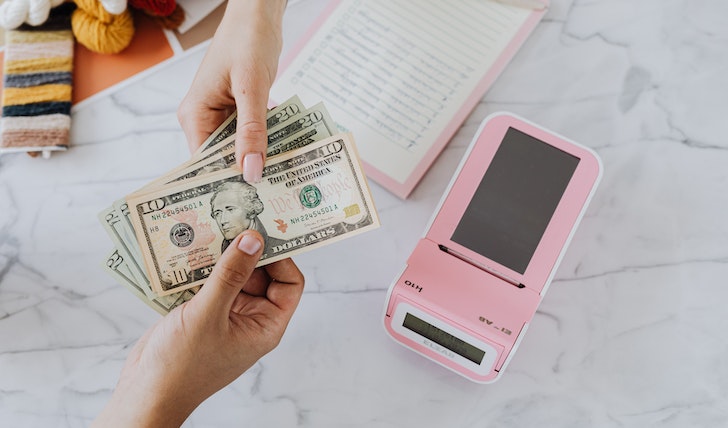
Karolina / Pexels / Before you invest your emergency funds, make sure your funds do not have any withdrawal restrictions.
In addition to considering your risk tolerance, diversifying your investment portfolio is key. Investing in different types of assets can help to reduce your risk. At the same time, this still allows you to pursue potential rewards.
Consider stocks, bonds, ETFs, mutual funds, and other investments when building your portfolio.
Limit Your Fees
When investing with an emergency fund, it is important to keep fees low. High fees can eat into your returns over time and make a big difference in the performance of your investments.
Research different investment options and look for ones that have lower cost structures – like index funds or exchange-traded funds (ETFs).
Start Small
Investing with an emergency fund does not mean you need to invest large amounts of money right away. Start small and gradually add more money as you feel comfortable with the process and understand the different investments available to you.
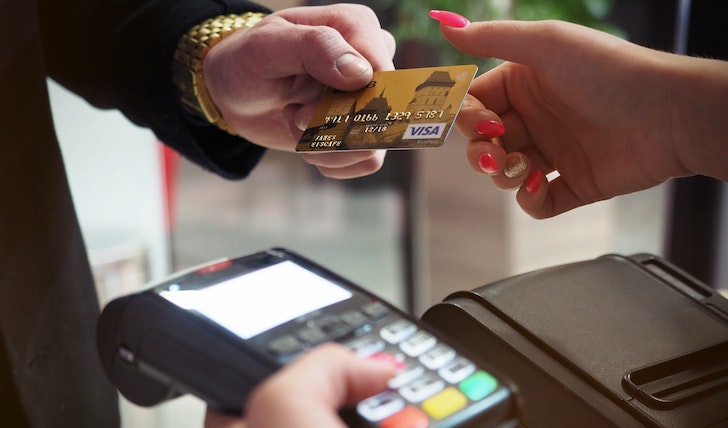
Energy Pic / Pexels / To make the most out of your investment, make sure to diversify your portfolio.
Monitor Your Portfolio Regularly
It is important to stay on top of your investments and keep an eye on any changes in their performance over time. Make sure that your portfolio is still aligned with your overall financial goals and risk tolerance, and adjust it accordingly if needed.
Consult a Financial Advisor
If you are feeling overwhelmed by investing in an emergency fund, it can be beneficial to consult a financial advisor for help. They can provide guidance around investment decisions and make sure that your portfolio is in line with your goals and risk profile.
Investing your emergency funds can be a safe way to grow your wealth over time. By following these seven simple tips, you will be well on your way to getting started with investing and safeguarding your financial future.
More in Investments & Savings
-
`
Vale Ventures to Invest in Mantle, A Startup for Carbon Capturing
In a bold move towards a greener future, Vale Ventures has made headlines by announcing an investment in the Boston-based startup...
September 25, 2024 -
`
Is Selena Gomez a Billionaire?
Recently, rumors of Selena Gomez’s billionaire status, fueled by her ever-expanding business ventures and skyrocketing influence, have gained traction. Gomez, who first...
September 18, 2024 -
`
New ‘Medicare Card’ Scam Is On the Rise – Here’s What You Should Do
Have you recently received a call asking you to verify your Medicare number to get a new card? If so, be...
September 13, 2024 -
`
What Is a Stock Split? Understanding How It Works
Stock splits are a fascinating aspect of the financial world that often pique investors’ curiosity. When a company announces a stock...
September 6, 2024 -
`
Cardi B No Makeup: Proof That She’s a Natural Beauty Queen
Cardi B is known for her bold and extravagant style, often capturing attention with her vibrant fashion choices and daring beauty...
August 31, 2024 -
`
How Long Has Forbes Been in Business? – And What Lies Ahead
For over a century, Forbes has been a pillar of business journalism and financial reporting. Since its inception in 1917, Forbes...
August 21, 2024 -
`
Are House Prices Going Down in Orange County in 2024?
In June 2024, Orange County saw a notable shift in its real estate landscape. This leads many to wonder if house...
August 14, 2024 -
`
What Are Specified Investment Products? SIPs Explained
Navigating the world of investing can be complex, especially when it comes to Specified Investment Products (SIPs). These financial instruments often...
August 7, 2024 -
`
Why Leonardo DiCaprio Never Dated Kate Winslet: The Iconic Duo’s Relationship Update
It has been 25 years since Titanic’s release, a film that has left an indelible mark on the hearts of audiences...
July 29, 2024




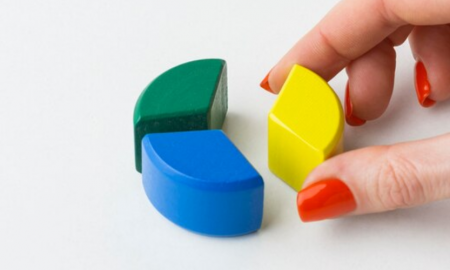








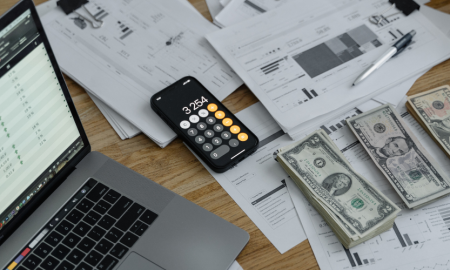
You must be logged in to post a comment Login